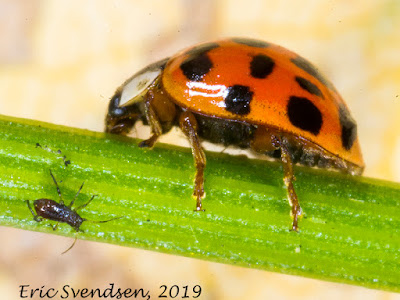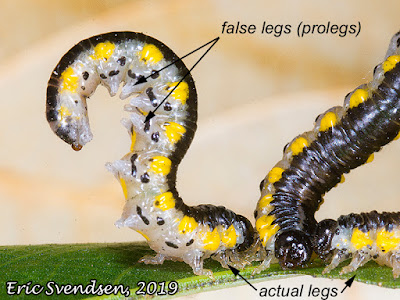Monarch butterfly
 |
| Monarch Butterfly |
I thought that was pretty amazing; how did a monarch butterfly get to St. Maarten? I suppose there are a lot of answers, one of them being it may have been blown there from a storm and been fortunate enough to come down on land rather than over open ocean. However, if I thought that was strange, I was in for a shocker last week.
We have been travelling in New Zealand over the last three weeks. There are a lot of invasive species which have taken up residence here, many plants and animals which are either innocuous to the environment or devastating to it. Good examples of nasty additions include broom and gorse, both of which are completely taking over large areas of the Islands. In my wanderings though, I did not expect to see a monarch butterfly.
Sure enough there it was, flitting about as they tend to do. They are robust feeders as adults, taking nectar from whatever flower it comes across. Monarchs are very specific eaters as caterpillars though; they have to have access to milkweed plants. The milkweed plant is what gives them their chemical protection as adults. Milkweed plants contain a chemical poisonous to most other animals, especially vertebrates. There is a cardiac glycoside present which causes heart failure. Birds who eat the monarchs end up getting very sick; some even die. So they tend to be safe from predation. But to produce a monarch, there has to be milkweed; there is just no other way.
Interesting enough, with the monarch present, my only conclusion was that milkweed plants must also be around, although I had not seen any. I discovered later that there are some present in New Zealand, how they got here and why remains a mystery. However, the fact that these beautiful insects are now gracing the Isles of the Kiwis is a wonderful thing.



Comments
Post a Comment